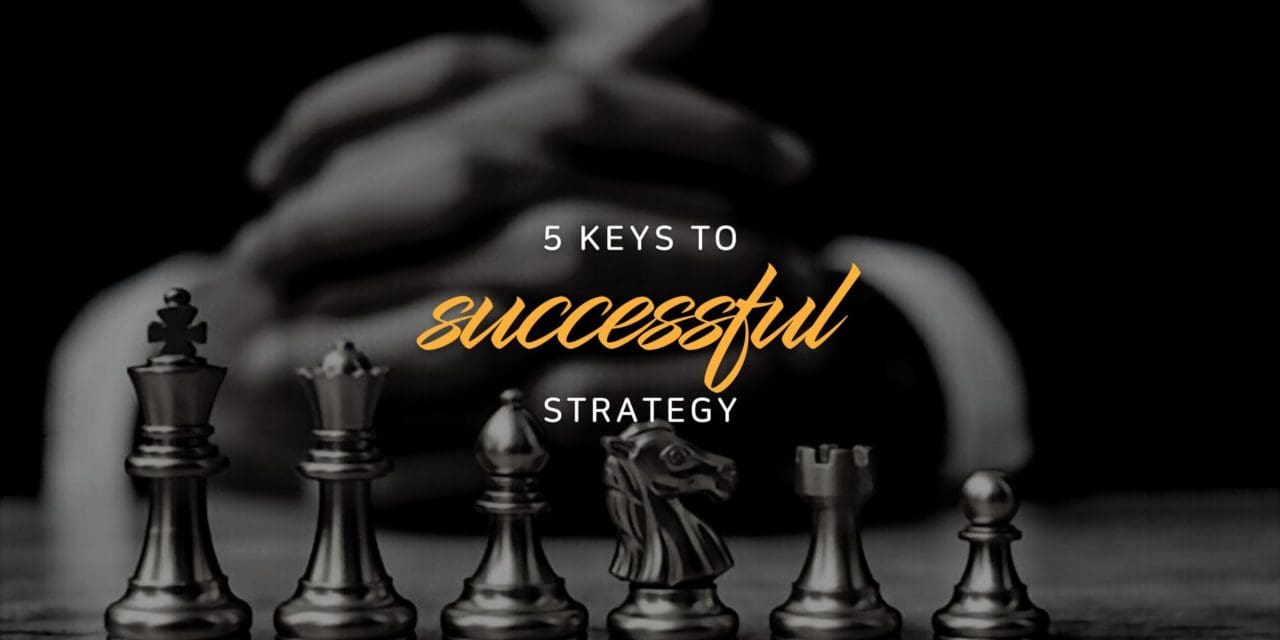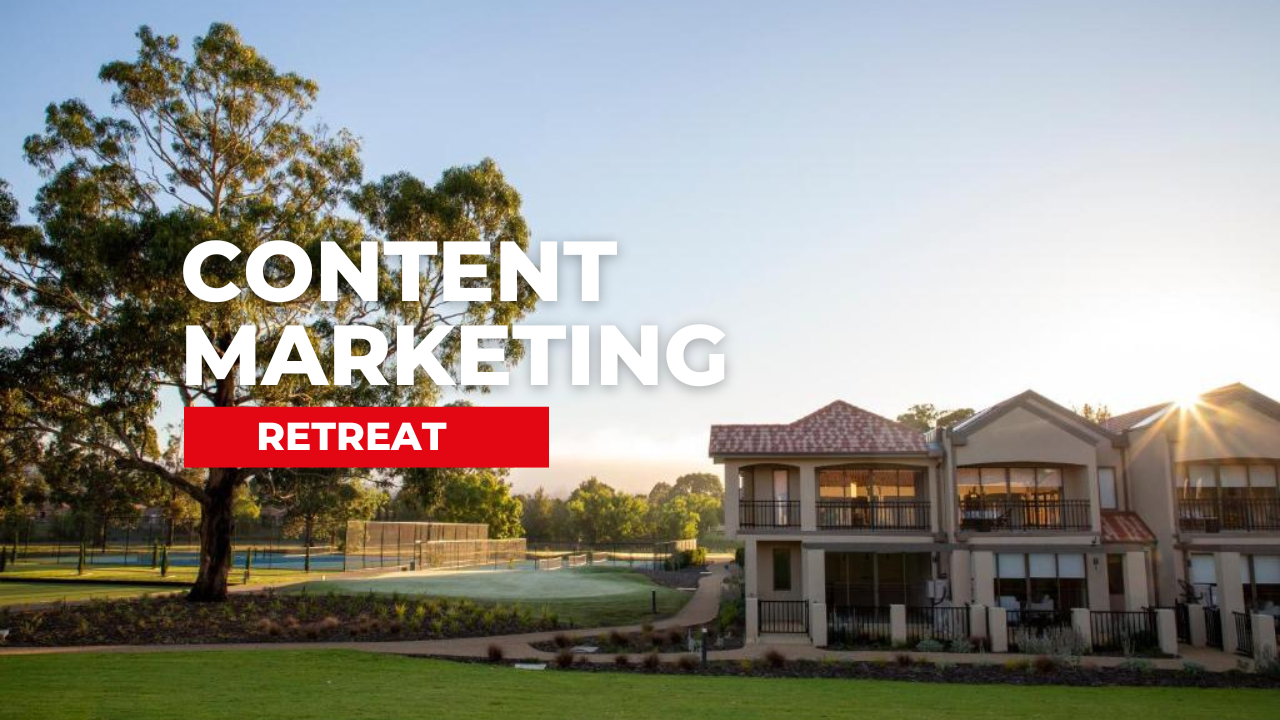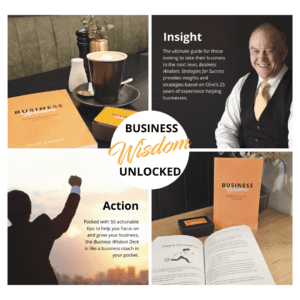Regardless of where your business is in its journey, having a clear strategic plan is essential.
This plan is the map for your business, allowing it to grow and evolve in response to market conditions, the needs of your customer, and the competition emerging.
In short, a good strategy keeps your business relevant and current. It helps drive innovation and evolution.
But there is an art to creating a solid strategy, and it involves five key areas.
So, let’s examine the five keys to successful strategy.
Objectives
Every strategy needs a clear aim and precise objectives for what exactly is trying to be achieved. In other words, where are you hoping to get to? What are you seeking to achieve?
Is it a new range of products? An expansion of services? Streamlining your operation? Greater profits? New premises?
Before you begin outlining your strategy, get crystal clear on the end goal of what this strategy is expected to deliver.
Then set the milestones that need to be achieved in order to reach your ultimate destination.
Strengths, weaknesses, opportunities, threats
Where are the opportunities to innovate and differentiate from the competition and how will they be incorporated into your strategy?
This involves looking at your current business strengths, weaknesses, opportunities and threats and deciphering where there is the chance to do things more effectively and differently.
Carefully examine what opportunities are available to you, and plan for how you can take advantage of these.
Look at the business strengths which you currently have, and determine ways that these can be further enhanced, whether that’s through improved processes and procedures, expansion or streamlining for greater efficiency.
Then look at the landscape surrounding your business and determine any weaknesses or threats in the form of market conditions, competition or perhaps consumer sentiment.
Testing
If you’re taking your business in a new direction or seeking to grow, it pays to test and trial at a small scale first.
If you’re adding a service, trial it with your clientele to seek their feedback and advice. If you’re creating a new product, test that in a limited capacity before committing to rolling out full scale production or making a major purchase.
When you test and trial as part of your strategy, you can learn from your mistakes and develop a product or service before making a major financial commitment.
Risks
Whenever a business redefines its strategy, it needs to consider the risks involved. And this is a two-sided equation.
Consider what is the risk if you do nothing and maintain the status quo? This might include increased competition from others in the market, diminished market share, changing trends etc.
Alternatively, what are the risks of the new strategy that you are considering? Could you lose your current loyal customer base?
Might you over-invest in a new product or service for a minimal return? Might your expansion plans stretch the current resources of your business too far.
Every strategic decision comes with risks, including the strategic decision to do nothing, so ensure you are fully abreast of what those risks are and have a plan to mitigate them which includes KPIs to understand what success looks like and whether you are heading in the right direction to meet your overall objective.
Stakeholders
Finally, every strategic decision has stakeholders. These are the people who will benefit from the objective, need to act upon it or may be disadvantaged by the direction you are taking.
Long before you embrace a new strategy, define who the stakeholders are and how they will potentially be impacted.
As part of defining these stakeholders, you will also need to allocate responsibility for the actioning of the strategic plan.
I.e which staff members will be responsible for implementing something new and how will they work together to achieve the goal?
The final word
In the life of any successful long-term business, there will be times when you need to assess your strategic direction in order to grow or shift in response to market forces.
But each time you do, make sure you weigh the strategy against the above five criteria to ensure the strategy carries minimum risk, is clear in what it’s seeking to achieve, has an action plan, and its success can be measured along the way.
Talk Strategy with Clive
With more than 30 years’ experience in mentoring small to medium-sized businesses around Australia. Clive works with company owners and their teams to grow their business and achieve goals through strategic coaching.















